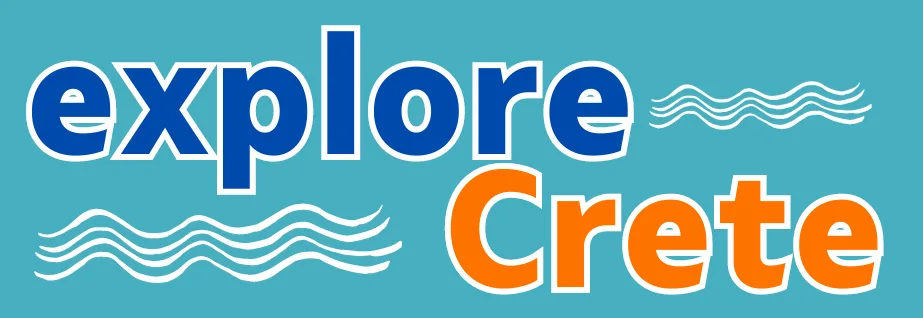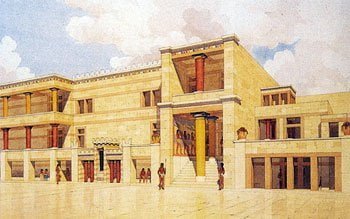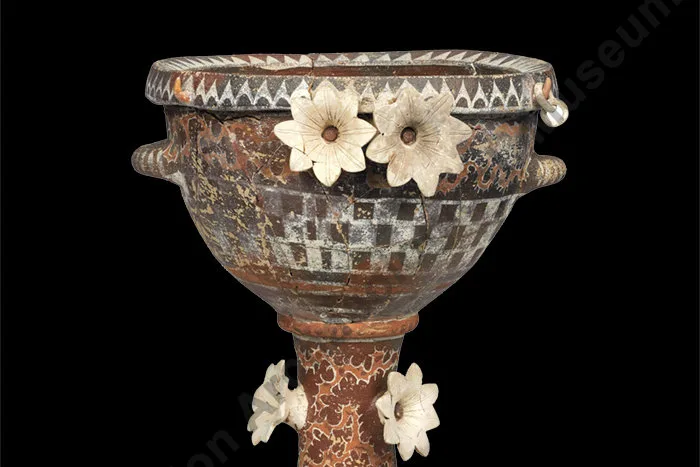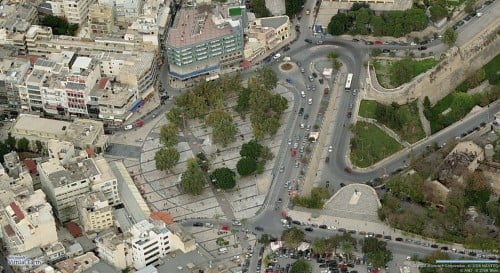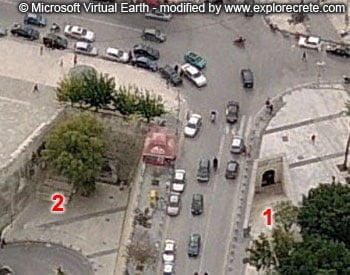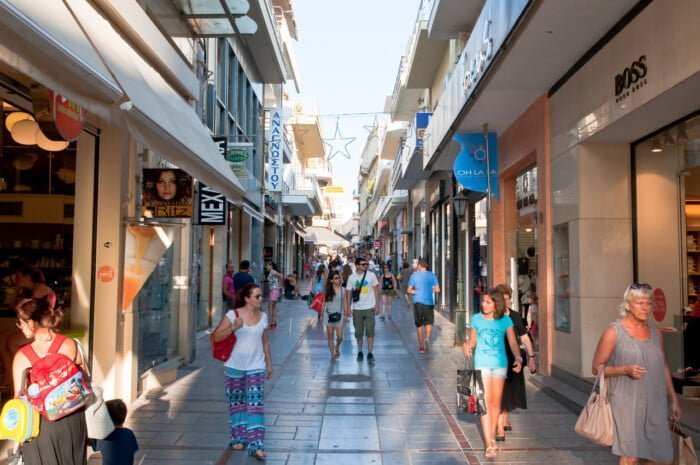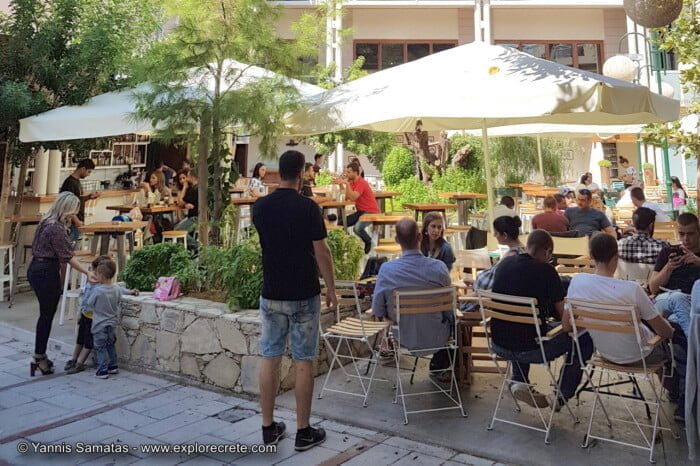Heraklion City, Sightseeing in Heraklion
Heraklion is the largest city in Crete, located roughly in the centre of the north coast. Heraklion has a population of 131,000 (2001 census), but it is thought that approximately 200,000 people live today in Heraklion Municipality and the neighbouring area of Alikarnassos.
Heraklion City
Heraklion is the 4th largest city in Greece. It has the largest port and airport in Crete. Heraklion Airport is also known as “Nikos Kazantzakis” International Airport, in honour of the most famous Cretan writer worldwide.
Heraklion has two major hospitals (the University Hospital and the Venizeleio Hospital). It is the home of the University of Crete Schools of Sciences and Health Sciences (8,000 students). It is also the seat of the Foundation for Research and Technology – Hellas (ITE-FORTH), one of the largest research centres in the country, and the Technological Educational Institute of Crete (6,500 students). There are 8 University Schools and 11 Technical Schools (TEI) in total.
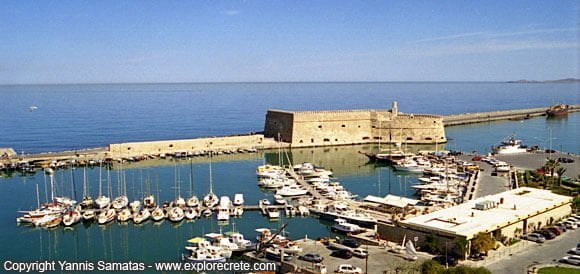
- Is Heraklion a beautiful city or an ugly city? Read how people describe the city of Heraklion.
Heraklion history
To comprehend the reality of a place, one must know its history. Understanding the past sheds light on the present and allows us to predict the future.
Over the approximately 3,000 years of its existence, Heraklion has had a turbulent history. We do not know precisely when the low hill which now forms the centre of the city was first inhabited. In antiquity the main urban centre was Knossos.
As for the name Heraklion, it probably comes from the Idaean Herakles, the legendary founder of the Olympic Games.
The history of Heraklion can be divided into the following periods:
- Minoan Heraklion, creation of the first settlement by the name of Heraklion (9th century BC)
- Byzantine Heraklion or Kastro
- Arab Heraklion Chandax Great Castle
- Second Byzantine Period
- Venetian Heraklion or Candia
- Turkish Heraklion
- Heraklion at the turn of the 20th century Heraklion in the Second World War
How to travel to Heraklion
By air: Heraklion Airport is 5 kilometres east of the city, in the Nea Alikarnassos area. It is officially known as “Nikos Kazantzakis” Heraklion International Airport, in honour of the famous Cretan writer.
Heraklion Airport is linked to many cities in Greece, while in the summer months it receives thousands of charter flights from Europe. Flight companies offering domestic flights into and out of Heraklion Airport are Olympic Airways, Aegean Airways and Sky Express.
- Find your way to or from Heraklion Airport
By sea: There are daily ferry routes to and from Heraklion Port, connecting it to the port of Piraeus, Santorini and other islands in the Cyclades. Large, modern Minoan Lines and ANEK ships cross to Piraeus, while you can travel to Santorini and the Cyclades by very fast catamaran.
Heraklion Port is also visited by many cruise ships all year round.
By road: Heraklion is linked to all the towns and cities of Crete by a good road network. It is on the north road axis which runs along the whole of the north coast of Crete from west to east, connecting the towns of Kissamos, Chania, Rethymno, Heraklion, Agios Nikolaos and Sitia.
From here, too start the main road arteries linking Heraklion to the Messara plain (Malata, Phaistos, Gortys, Mires, Tymbaki) and the Viannos area (Peza, Arkalochori, Viannos, Arvi, Keratokambos) in the south of Heraklion Prefecture.
Given that Heraklion is in the centre of Crete, it is easy to travel from here to every corner of Crete, either by public bus (KTEL) or by private car.
Heraklion, Sights – City Tour
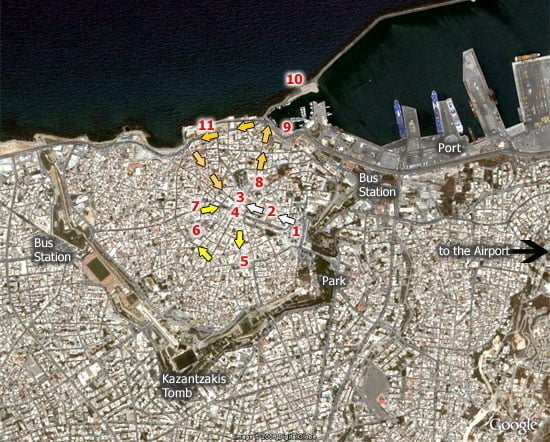
Aerial photograph of Heraklion showing proposed sightseeing routes in the city centre.
Route 1-2-3-4-5-6-7-8-9-10-11 covers all the sights in the city centre.
Route 1-2-3-8-9-10-11 is more relaxed and easier if you’re only visiting Heraklion for a short time.
- Eleftherias Square (Νο 1), the main square of Heraklion with the St George Gate, the Prefecture and the Archaeological Museum
- Daidalou Street (Νο 2), the commercial pedestrian street in the heart of Heraklion.
- Korai Street, the Heraklion café district
- Lions or Lions Square (Νο 3), Eleftheriou Venizelou Square, site of the Morosini Fountain, the famous Venetian fountain with the lions
- Meidani (Νο 4), the central Heraklion crossroads
- The main Heraklion market in 1866 Street (Νο 4 to Νο 5)
- Bembo Fountain, a wonderful Venetian fountain next to a Turkish monument in Kornarou Square
- Kornarou Square, the square of Erotokritos and Aretousa, heroes of the great Cretan writer Vicenzos Kornaros
- Saint Minas, (No 6) the cathedral dedicated to the patron saint of Heraklion
- Kalokairinou Avenue, the “Platia Strata” of Heraklion
- Basilica of St Mark, (No 3) the Heraklion Municipal Art Gallery
- Venetian Loggia, the most elegant Venetian monument in Heraklion
- Saint Titus, (No 8) the church of St Titus or Agios Titos in Greek.
- 25th of August Street, “Illusion Street”, the most beautiful street in Heraklion
- Heraklion Harbour, the old Venetian harbour (No 9) and the new Heraklion port
- Koules, (No 10) the Venetian fortress at the entrance to the harbour, symbol of the city of Heraklion
- Coast road, Heraklion nightlife, Dominican Church of Saints Peter and Paul, Natural History Museum, Talos Shopping Centre, Pancretan Olympic Stadium
Heraklion Museums
- Archaeological Museum of Heraklion, housing the major exhibits of Minoan Crete
- Historical Museum of Crete (No 11)
- Museum of the Battle of Crete
- Natural History Museum
© explorecrete.com All Rights Reserved. Reproduction or copying without permission is prohibited.
